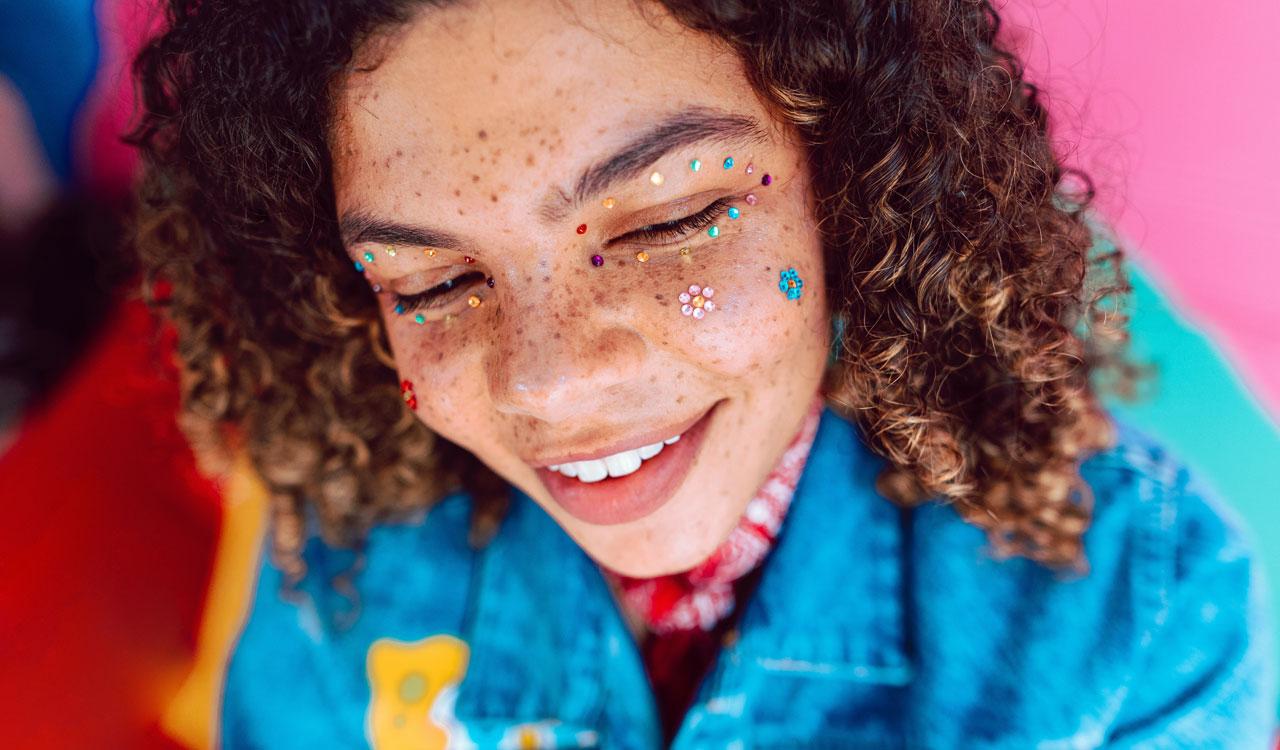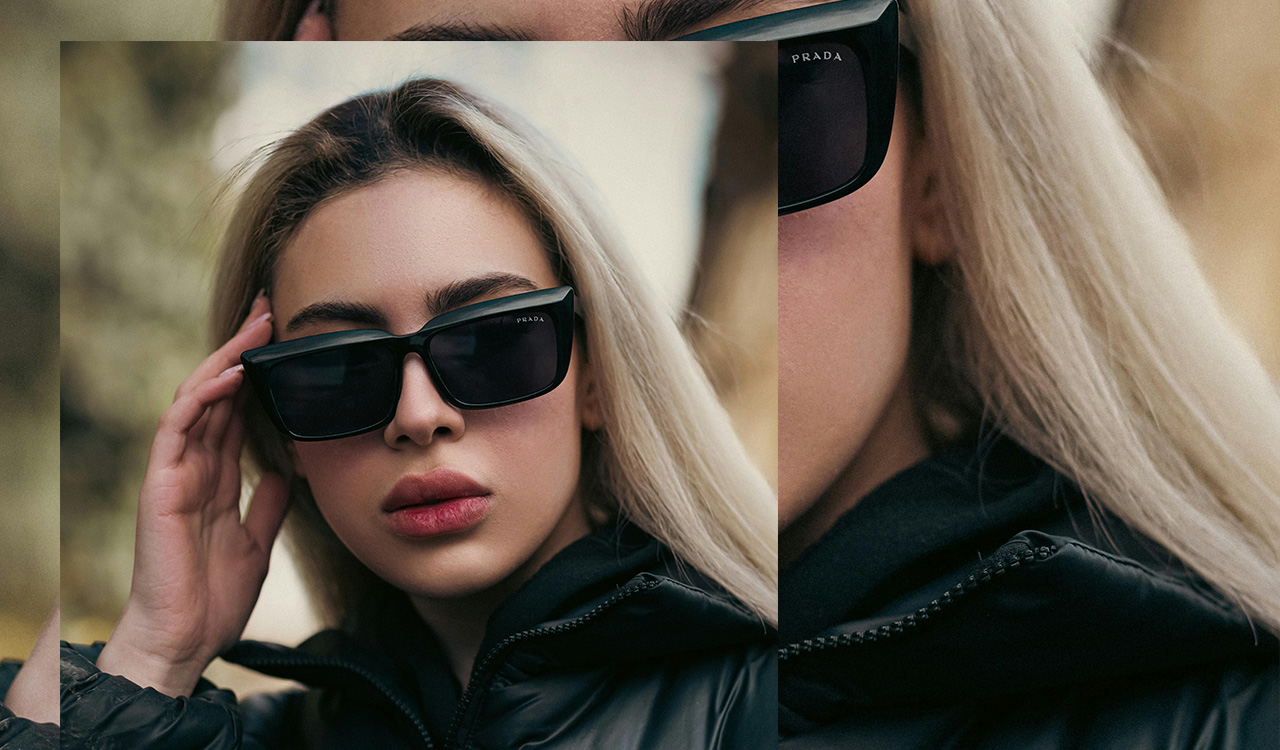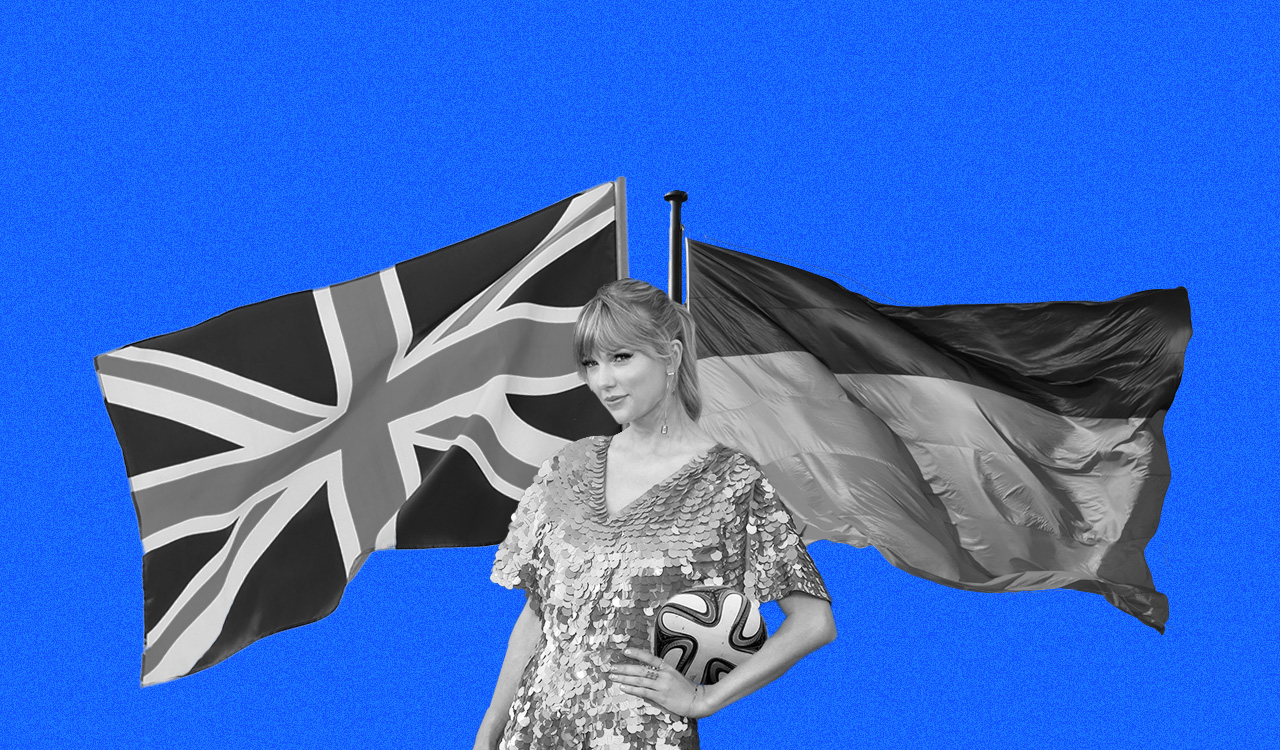I know we all have enough acronyms and abbreviations in our lives already. Talking via Whatsapp over the past couple of months to my 18-year-old – now a college freshman studying in the Netherlands – has been a crash course in three, four, and five-letter slurps of alphabet soup. Of course, I already knew OMG and IMHO, but IYKYK (If you know, you know) and TNTL (Trying not to laugh) were admittedly new entries into my budding Gen Z lexicon.
“Hey, Dad, thnx for the link U sent me, GMTA! WYWH ILY” (Translation: Great Minds Think Alike. Wish you were here. I love you.) At first, when I read that recent message, I thought Whatsapp had translated her original English into Welsh.
Nonetheless, even for those of us who do not have to engage in cross-generational family banter on a daily basis, if you happen to work somewhere across the vast, global retailosphere, particularly in a marketing or communications capacity, it’s probably becoming increasingly obvious that the industry as a whole is struggling to connect with and talk to Gen Z consumers.
Gen Z was born squarely into the digital age. It’s distinct from past generations in several ways – most notably how their upbringing, fully immersed in technology and social media, has shaped their values and behaviors. Gen Z is characterized by their so-called “digital nativeness,” prioritization of authenticity, and a penchant for GTTPA (Get to the point already) short-form content.
Cracking the Code: Major Brands Struggle with Gen Z Engagement
In the ever-evolving world of marketing and consumer engagement, one thing has become abundantly clear: Gen Z is an altogether different breed. Born into a digital age and wielding smartphones like extensions of their very own limbs, Gen Zers are a demographic force unlike any that has come before it. And for major consumer and retail brands, reaching and resonating with this elusive slice of the population is proving to be quite the conundrum.
Gen Z was born squarely into the digital age (the almost universally agreed-upon cut-off birth date for the cohort is 1997.) It’s distinct from past generations in several ways – most notably how their upbringing, fully immersed in technology and social media, has shaped their values and behaviors. Gen Z is characterized by their so-called “digital nativeness,” prioritization of authenticity, and a penchant for GTTPA (Get to the point already) short-form content.
And when it comes to politics, Gen Z’s value-set leans much further to the left-of-center than previous cohorts at a comparable age. As a result, the cultural underpinnings of this generation are broadly connected to inclusivity, diversity, and sustainability, which, in turn, impacts their brand loyalty. Gen Z’s political awareness and activism also set them apart from previous age groupings; as a whole, they are very vocal about social and environmental issues, expecting brands to take a stand on an issue most would just as soon shy away from. And it’s this corporate positioning that ultimately ends up influencing their shopping choices. Overall, Gen Z favors ethical and socially responsible brands over those that opt to stay on the sidelines.
Moreover, it is this generation\’s digital fluency that makes them more discerning consumers than Gen Xers or even millennials. They research products extensively and leverage the cohort’s groupthink, relying on online reviews and influencers. In short, brands that align with their values and come across as authentic tend to earn their trust faster than those who continue to rely on more traditional top-down, Madison-avenue-fed marketing tactics.
Gen Z’s shopping habits lean toward online and mobile platforms, valuing convenience and personalization. Their short attention spans have made them receptive to concise, visually engaging content, which has had a transformational effect on advertising strategies – although many are still off-mark. The uniqueness of this generation necessitates a fresh approach from businesses aiming to capture their loyalty.
“Gen Z stands out as a unique challenge, not because they\’re detached, but because they’re astutely connected,” observes Blair Huddy, the founder & CEO of Los Angeles-based Hudson Davis Communications. “Growing up intertwined with technology, they’re not just passive recipients of brand messages but critical thinkers who demand authenticity and purpose.”
Enter SFVV (Short Form Vertical Videos)
At the heart of the way content is exchanged across broad swaths of the Gen Z topography is via short-form vertical video platforms, sometimes abbreviated as SFVV; think TikTok, Instagram and Facebook Reels, YouTube Shorts and Snapchat. These bite-sized, visually captivating videos have taken the social media landscape by storm. For older consumers, they may come across as something of a fad or even “junk food for the brain,” but for younger shoppers, SFVV is not just a passing trend; it’s their lingua franca. And if brands want to effectively communicate and engage with Gen Z consumers effectively, they need to learn to speak it fluently.
Gen Z’s love affair with short-form vertical videos is not merely a fleeting infatuation. It’s a fundamental shift in the way content is consumed. Gone are the days when a lengthy blog post (like this one you are reading) or a traditional 30-second TV commercial has a chance of capturing their attention. Far from it. Gen Z demands that the content it chooses to consume be quick, GTTPA, visually stimulating, and, above all, authentic.
Hudson Davis’ Blair Huddy believes that Gen Z isn’t swayed by traditional advertising but rather tends to resonate with genuine, relatable stories: “The brilliance of short-form vertical video lies in its raw, spontaneous, and personal nature, reflecting the essence of Gen Z.”
SFVV videos, often lasting no more than a minute, fit perfectly into the fast-paced, attention-challenged world of Gen Z. They’re scroll-stoppers and click-friendly – the ultimate currency of social media engagement. In a world drowning in information, it’s this new breed of video content that can distill a message into a few seconds to truly stand out.
The Authenticity Imperative
Now, here’s the kicker: Gen Z doesn’t want to hear from seasoned marketing pros or corporate spokespersons. They crave authenticity, and they can spot a polished, scripted message from 100 miles away. This is a generation that values the unfiltered voices of everyday people, and they trust creators who speak their language and share their values.
Major brands have grappled with this shift in consumer preferences. The era of overly produced, slick advertising is waning, and the age of genuine, relatable content is dawning. The key is not to dictate the narrative but to join the conversation as a trusted and authentic participant.
And, of course, it’s not all about SFVV. User-generated (UG) social media posts with quirky, innovative images can also move the needle. As can humorous GIFs. The key is less about the form factor and more about the idea that content is bottom-up, authentic and engaging.
Brands That Are Getting It Right
Not every brand, however, is flunking out of school. In recent years, some major consumer and retail brands have managed to crack the Gen Z code and effectively engage with younger consumers via short-form vertical video and other tactics deployed across social media platforms.
- Chipotle Mexican Grill: The popular fast-food chain made waves with its #ChipotleLidFlip challenge on TikTok. This simple yet entertaining challenge encouraged users to showcase their lid-flipping skills. It was fun, engaging, and, most importantly, user-generated. Chipotle let Gen Z take the reins, and the results as far as brand engagement were phenomenal.
- Fenty Beauty: Rihanna’s makeup brand understands the importance of diversity and authenticity. They’ve used short-form videos on Instagram Reels to showcase a wide range of skin tones, demonstrating how their products cater to all. By celebrating inclusivity, Fenty Beauty has struck a chord with Gen Z consumers who value representation.
- Gucci: Even luxury brands are hopping on the short-form video bandwagon. Gucci embraced TikTok\’s challenge format by launching the #AccidentalInfluencer Users were invited to show their everyday fashion choices and quirks, highlighting that anyone can be an influencer. By tapping into the authenticity trend, Gucci managed to connect with a younger audience on a deeper level, making a storied brand seem more accessible.
- Sephora: The beauty retail giant leveraged the power of tutorials and quick how-to videos on TikTok. Sephora’s marketing team understands that Gen Z is hungry for knowledge, and to feed this need, they delivered bite-sized beauty tips and tricks which positioned the brand more as an educator than just that of a seller, pushing product. This approach went a long way towards Sephora gaining credibility and trust among young beauty enthusiasts as evidenced by the #SephoraHacks hashtag spilling over into Gen Z influencers who took the reins of the campaign, giving it a whole new life of its own.
- Nike: The sportswear behemoth knows that Gen Z is all about individuality. Their #NikeByYou campaign on TikTok invited users to design their custom Nike sneakers and share their creations. This campaign empowered Gen Z to express themselves through fashion, and it hit the right chord.
- Starbucks: Even something as simple as a coffee cup can become a Gen Z sensation. Starbucks introduced the “How to Make a Starbucks Iced Coffee at Home” challenge on TikTok. Users demonstrated their DIY skills, and Starbucks became part of the at-home coffee-making trend.
- Netflix: The streaming giant used TikTok to promote its shows through creative challenges. The #BridgertonChallenge, inspired by the hit show “Bridgerton,” encouraged users to share their transformation from casual attire to elegant outfits. It tapped into the popularity of the show and engaged viewers in a playful way.
These are just but a handful of examples of brands that are adroitly navigating the contours of this powerful generation. And, of course, there are many others that are finding their way as well. But the vast majority of brands still don’t get it.
The Takeaway: Authenticity Is Key
What these seven brands highlighted above have in common is their embrace of authenticity and their willingness to let Gen Z take center stage. They\’re not dictating the narrative; they\’re co-creating it with their audience. They\’ve recognized that Gen Z wants content that reflects their own experiences, values, and aspirations.
The old-school advertising playbook is no longer effective when it comes to engaging Gen Z. Brands must pivot towards authenticity, transparency, and user-generated content. They must let go of the reins and empower their customers to become brand ambassadors. “Brands must understand it\’s not merely about the platform but the ethos of communication. Big brands that grapple with this shift often miss the mark by imposing dated narratives rather than co-creating content and empowering Gen Z voices. The paradigm now is not to sell to them, but to engage with them, listen, adapt, and become a part of their progressive narrative. As we look ahead, it’s evident that the future of branding is an inclusive journey, co-scripted with Gen Z,” adds Huddy.
So, to all the major consumer and retail brands out there, the message is clear: if your goal is to capture the hearts and wallets of Gen Z, it\’s time to embrace the power of short-form vertical videos and UG social media.
To sum all this up, Haley Slade, the CEO of Nashville-based Slade Copy House, a copywriting agency that has helped brands like Lufthansa Airlines, The Real Housewives, and Dove connect with Gen Z audiences speaks out, “Brands that are still relying on normal ad spend and aren\’t utilizing short-form video – especially in the user-generated style – will continue to struggle to reach Gen Z. Brands have to start thinking like Gen Z in order to connect with them and create content and marketing that grabs them where they are.”
It’s time to let the audience be the stars of the show. The future of marketing is authentic, user-generated, and bite-sized. It\’s time to adapt or be left behind.
And for all the Gen Zers out there, I know this article was TL;DR (Too long; didn’t read.)




